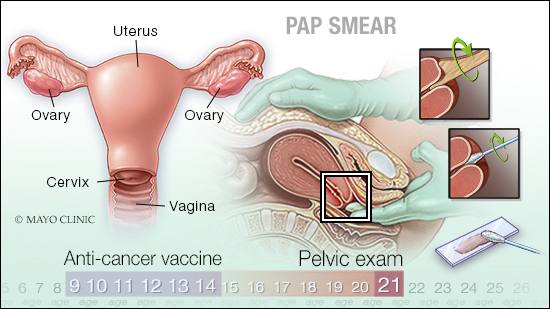-
Women’s Wellness: Abnormal menstruation happens in a variety of ways

Menstrual dysfunction is one of the most common reasons that women seek out medical care. It can cause significant social and medical consequences if untreated.
The textbook menstrual cycle occurs every 28 days, but a normal cycle may occur as frequently as 21 days or as long as 35 days. The menstrual flow lasts about four to six days and is moderate to mild. Women younger than 20 and older than 40 are more likely to have irregular cycles. The most predictable cycles occur during the optimal reproductive years, ages 20 to 30.
Abnormal menstruation can happen in variouis ways. Bleeding can be heavier (menorrhagia) or lighter (oligomenorrhea) than normal. It can occur too frequently (polymenorrhea) or not frequently enough (oligomenorrhea). Bleeding may occur randomly at no set interval (dysfunctional). The menstrual cycle can be uncomfortable (dysmenorrheal), leading to social consequences such as missed work or school.
The initial step in controlling symptoms of irregular menstrual function is to be seen and evaluated by a health care provider. He or she will look for evidence of medical conditions that can cause menstrual dysfunction. Diabetes mellitus, thyroid disease, kidney disease and blood clotting problems can interfere with the menstrual cycle. In addition, a gynecologic examination with a Pap smear and possible endometrial biopsy may be recommended. Ultrasound of the uterus and ovaries also can help provide information on the cause of bleeding.
Some causes of abnormal bleeding may be related to the anatomy of the uterus. Fibroids (leiomyomas) are benign growths in the uterus that may change the shape of the uterus and interfere with the normal lining of the uterus. Endometrial polyps are growths that originate from the lining of the uterus. They may be benign or precancerous.
Infections can cause temporary menstrual problems. Endometritis, or an infection of the uterine lining, is not a sexually transmitted infection. It can be treated with antibiotics. Other infections such as herpes, gonorrhea, chlamydia and trichomonas, can be detected and treated.
Uterine cancer and the precancer changes can be detected by sampling the uterine lining. These changes are more likely to be found in women nearing menopause or in women who are not ovulating and not using hormonal medications. Treatment will need to be discussed.
If other reasons for menstrual abnormalities are not present, the natural cycle can be modified with medications such as progesterone or progesterone combined with estrogen.
The use of nonsteroidal anti-inflammatory medications also may decrease the amount of bleeding and cramping with each cycle. Outside of hormones, there are limited medical choices to modify the menstrual cycle.
If childbearing has been completed, some women will be candidates for surgical treatments such as endometrial ablation or hysterectomy. These procedures are minimally invasie surgeries usually performed as an outpatient with minimal time off of work. Discuss these options with your health care provider to see if you are a candidate.
Abnormal uterine bleeding can be a social nuisance. It also can be a medical problem that lead to anemia and other health problems. Once in a while, it can signal a more significant problem. If you have noticed a change in your menstrual cycle or are having problems with it, consult your health care provider to determine your options.
This article is written by Dr. Thomas Howell Jr., an OB-GYN with Mayo Clinic Health System.







